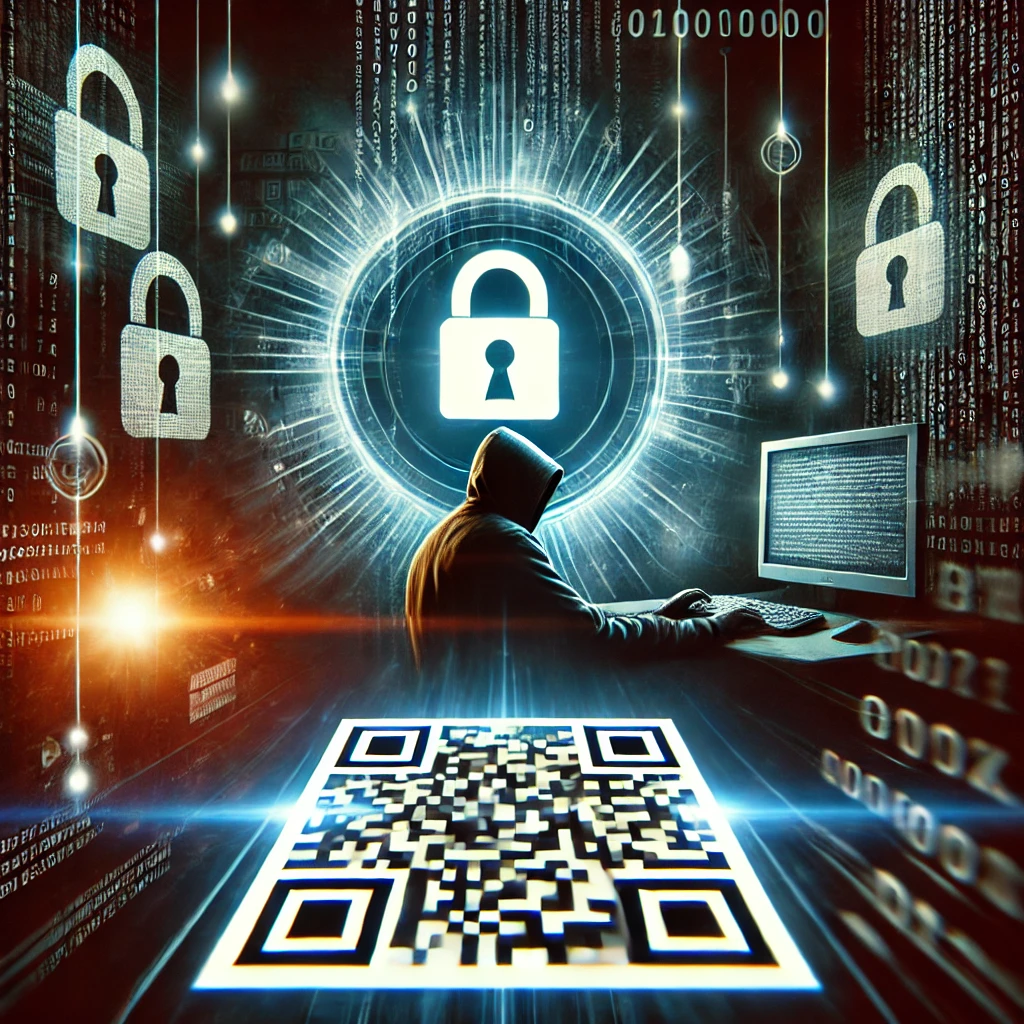The notorious Russian cyber-espionage group known as “Star Blizzard” has adopted new tactics, exploiting WhatsApp’s QR code feature to hijack user accounts in a targeted credential harvesting campaign. This marks a significant evolution in their approach, aiming to evade traditional detection methods and widen their operational reach.
A Shift in Strategy
Previously recognized for their spear-phishing campaigns against individuals in government, defense, diplomacy, and international relations, Star Blizzard—also referred to as SEABORGIUM—relied heavily on malicious links in emails to direct victims to credential-harvesting sites.
However, recent reports reveal a new strategy: the use of fake WhatsApp invitations embedded in phishing emails. These emails, masquerading as correspondence from U.S. government officials, claim to invite recipients to join a WhatsApp group purportedly supporting Ukrainian NGOs.
How the Attack Unfolds
- Initial Bait: The phishing emails include QR codes designed to appear as legitimate WhatsApp invitations. However, these codes are intentionally dysfunctional, urging recipients to respond to the email.
- Follow-Up Trap: Once victims reply, they receive a shortened URL that redirects them to a phishing webpage displaying a QR code.
- Account Hijacking: Scanning the QR code grants the attackers unauthorized access to the victim’s WhatsApp account by pairing it with their own devices. This allows them to intercept messages, access sensitive data, and even conduct further attacks under the guise of the compromised account.
Targeted Campaign
The campaign primarily focused on individuals involved in government and diplomacy, particularly those monitoring Russian activities and the ongoing conflict in Ukraine. Although active for a limited period, concluding by November 2024, the implications of this approach are far-reaching.
Challenges in Detection
By leveraging WhatsApp’s legitimate QR code pairing feature, Star Blizzard’s tactics exploit a trusted function rather than relying on malware or suspicious links. This creates additional challenges for cybersecurity professionals, as traditional methods of phishing detection may fail to recognize such sophisticated tactics.
A Wake-Up Call for Cybersecurity
The shift in Star Blizzard’s operational methods underscores the evolving nature of cyber threats. It also highlights the urgent need for advanced detection mechanisms and heightened awareness among potential targets. Organizations must:
- Educate employees about unconventional phishing techniques.
- Implement strict multi-factor authentication (MFA) for all communication platforms.
- Monitor QR code usage in official processes to prevent exploitation.
Final Thoughts
The Star Blizzard campaign is a stark reminder of the creativity and persistence of cyber-espionage groups. As attackers refine their methods, defenders must continuously adapt, ensuring that both individual users and organizations remain vigilant against emerging threats.
Stay tuned for more updates on evolving cybersecurity threats and protective strategies.
